|
La tangara del paraíso (Tangara chilensis) , pájaro brillante multicolor, mediano cuya longitud varía entre 13,5 y 15 cm. Tiene una cabeza de color verde claro, cielo azul y las partes inferiores del cuerpo superior el plumaje es negro. Dependiendo de la subespecie, es de color amarillo y rojo o todo rojo. El pico es negro y las patas son de color gris. Se encuentra en los bosques tropicales y subtropicales húmedos en la cuenca occidental del Amazonas y el norte de América del Sur, que se produce en Venezuela, Perú, Colombia, Ecuador, Bolivia, Brasil y las Guayanas. A pesar de su nombre científico, que no se encuentra en Chile. La tangara paraíso es común en toda su gama. Se evalúa como de Preocupación Menor en la Lista Roja de Especies Amenazadas de la UICN. Fuente: wiki The paradise tanager (Tangara chilensis) is a brilliantly multicolored, medium-sized songbird whose length varies between 13.5 and 15 cm. It has a light green head, sky blue underparts and black upper body plumage. Depending on subspecies, the rump is yellow and red or all red. The beak is black and the legs are grey. Found in humid tropical and subtropical forests in the western and northern Amazon Basin in South America, it occurs in Venezuela, Peru,Colombia, Ecuador, Bolivia, Brazil and the Guianas. Despite its scientific name, it is not found in Chile. The paradise tanager is common throughout its range. It is evaluated as Least Concern on the IUCN Red List of Threatened Species. Source: wiki
0 Comments
Otiocerus stollii es la especie más oscura en el género, generalizadas en los estados del este, pero más bien raras, pertenece a la familia Derbidae (pulgones de las plantas).
Fuente: http://bit.ly/1wtefA9 Otiocerus stollii the darkest species in the genus, widespread in the eastern states but rather rare, belongs to the Derbidae family (Derbid Planthoppers). Source: http://bit.ly/1wtefA9 Poison dart frog Taxonomy is constantly changing as herpetologists reclassify species. For this piece, artist (John Meszaros) tried to use the most up-to-date scientific names from [1] and [2].
Clockwise from top: (1) Ameerega silverstonei; (2) Excidobates mysteriousus; (3) Phyllobates bicolor, (4) Phyllobates terribilis; (5) Dendrobates leucomelas; (6) Dendrobates tinctorius; (7) Dendrobates azureus; (8) Dendrobates auratus; (9) Phyllobates vittatus; (10) Ameerega cainarachi; (11) Ranitomeya imitator; (12) Oophaga granulifera; (13) Dendrobates pumilio; and (14) Epipedobates anthonyi. Source: libutron The Surinam Horned Frog, Ceratophrys cornuta occurs in the Amazon Basin (Bolivia, Brazil, Colombia, Ecuador, French Guiana, Guyana, Peru and Suriname). These frogs are voracious predators, which use a sit-and-wait feeding strategy to ambush prey that varies from ants to small vertebrates.
Horned frogs bury themselves in the leaves on the ground with only the head sticking out. Once in this position and helped by its camouflage coloration, C. cornuta waits for something edible to pass by and eats almost anything that passes, as long as it will fit in the frog’s mouth. The cryptic coloration of these frogs is thought to be an anti-predator adaptation as it aids in camouflaging them in their surroundings. It is also thought that the horns may function as part of this camouflage, since the horns may be perceived by predators as the stem of a leaf or other such object. Source: libutron Ceratophrys cornuta se encuentra en la cuenca del Amazonas (Bolivia, Brasil, Colombia, Ecuador, Guyana Francesa, Guyana, Perú y Surinam). Estas ranas son depredadores voraces, que utilizan una estrategia de alimentación "sit-and-wait" -sentarse y esperar- para emboscar presas que varían de hormigas a pequeños vertebrados. Las ranas cornudas se entierran en las hojas en el suelo con sólo la cabeza afuera. Una vez que esta en posición y ayudado por su coloración de camuflaje, C. cornuta espera a que algo comestible pase y posteriormente se lanza al ataque, siempre y cuando lo que pase quepa en la boca de la rana. La coloración críptica de estas ranas se piensa que es una adaptación anti-depredador ya que ayuda a camuflarse con sus alrededores. También se cree que los cuernos pueden funcionar como parte de este camuflaje, ya que los cuernos pueden ser percibidos por los depredadores como el tallo de una hoja u otro objeto tal. Fuente: libutron |
Blog Archive
|
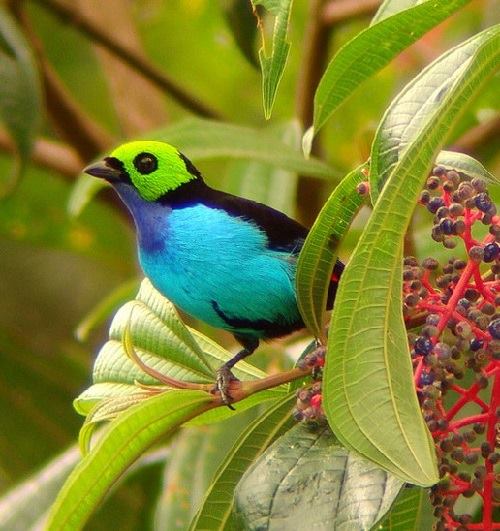
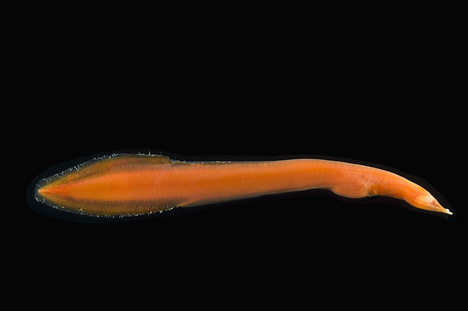
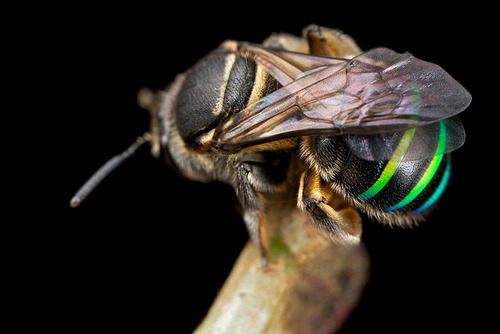
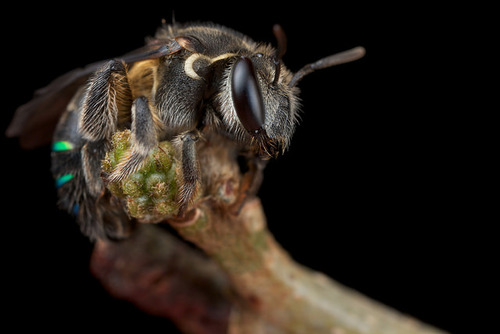

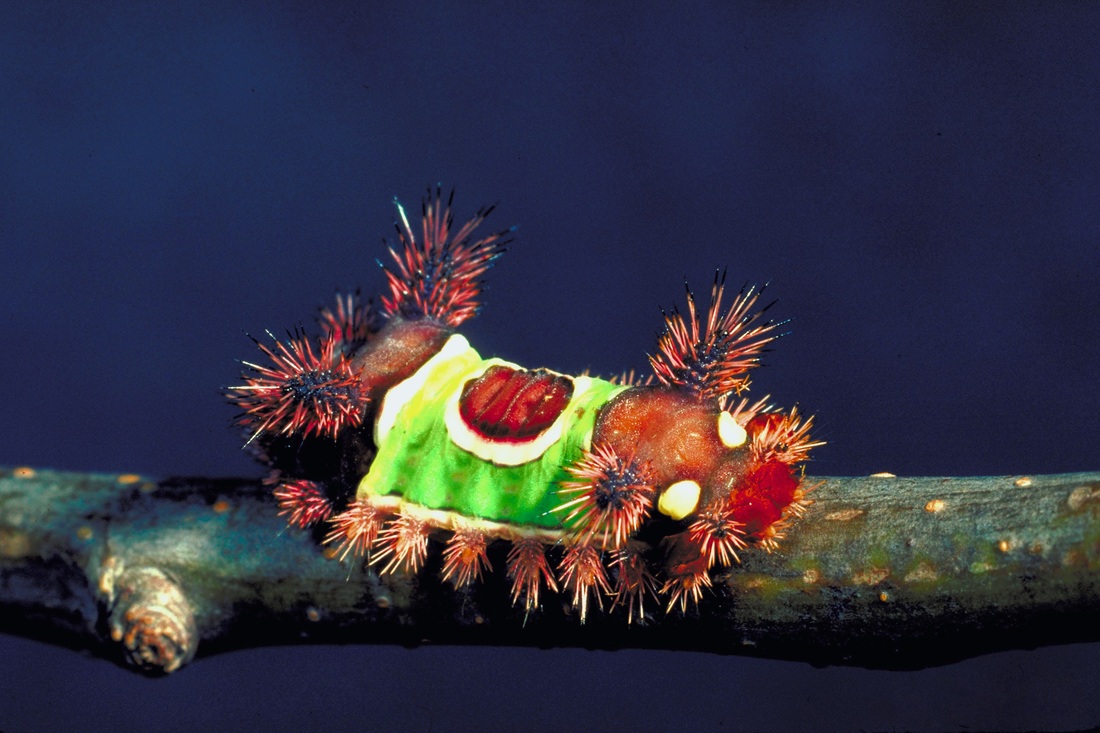
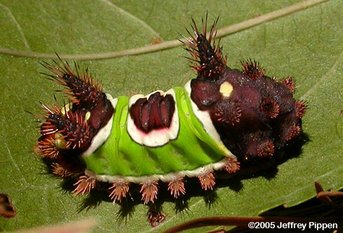
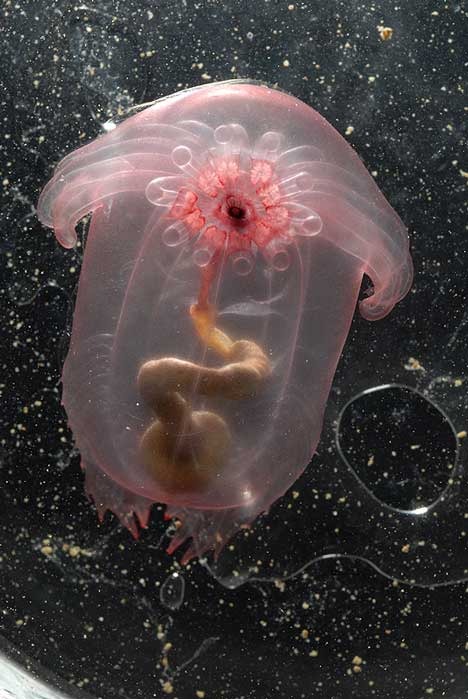
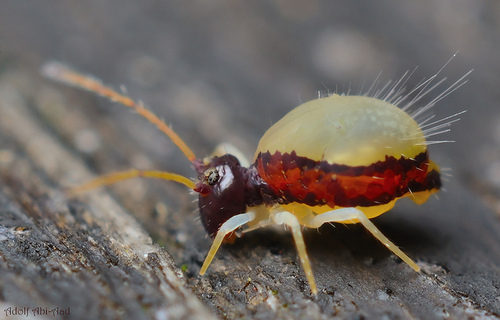
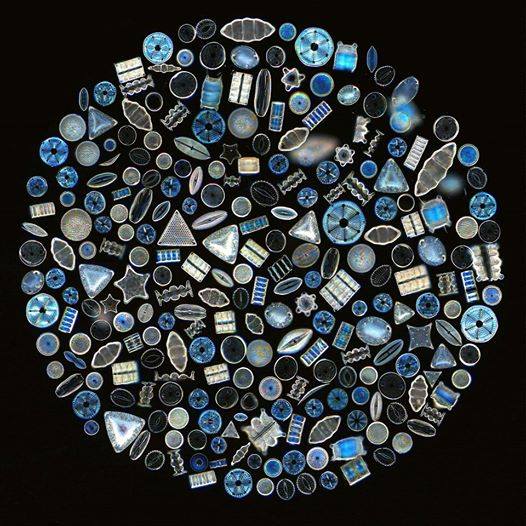
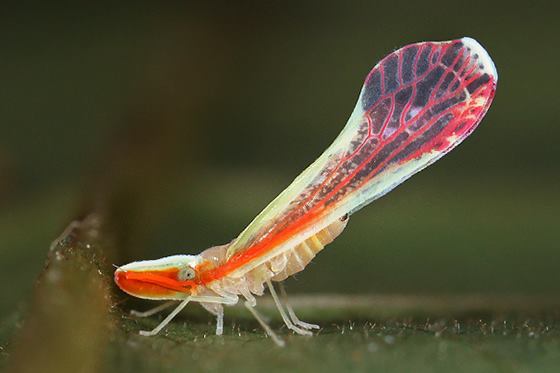
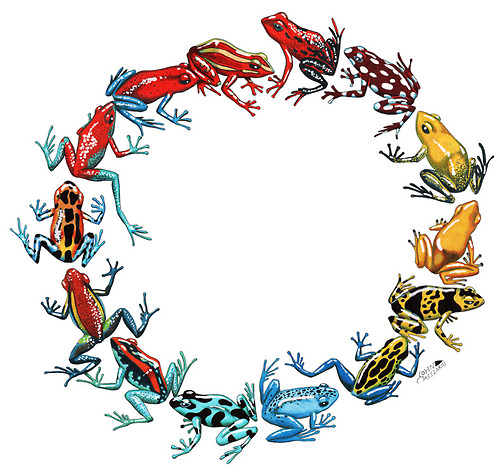
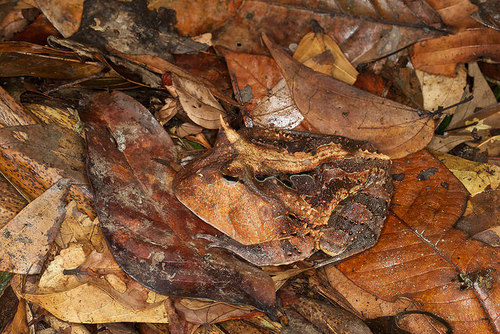
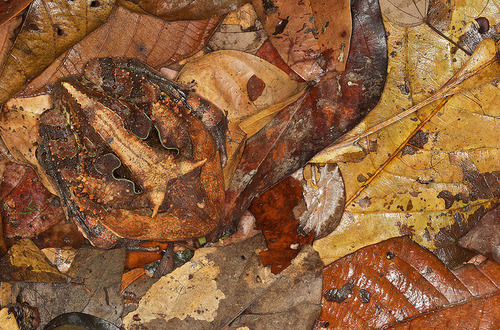
 RSS Feed
RSS Feed
